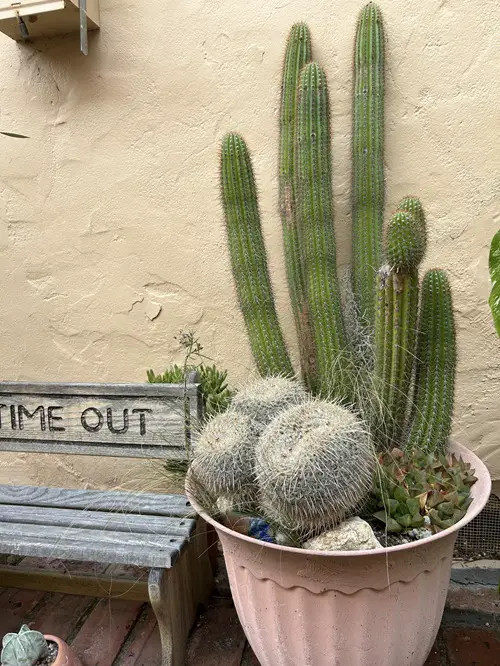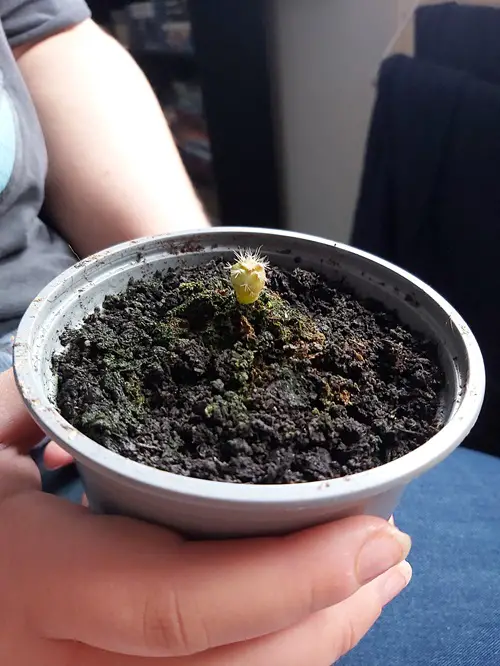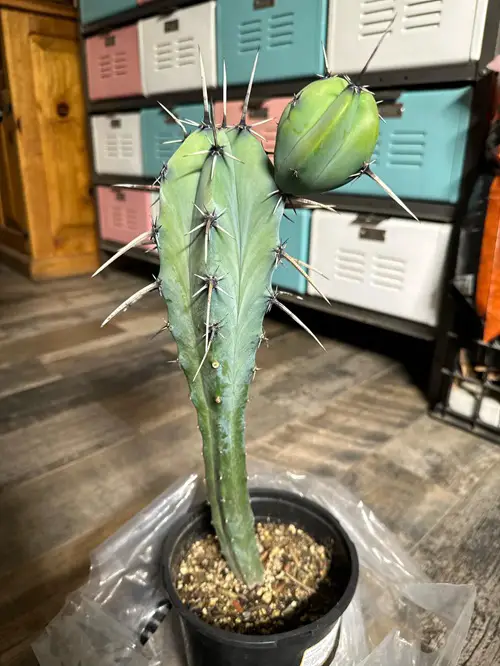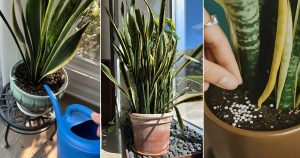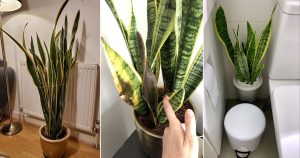Are you wondering is a cactus monocot or a dicot? Let’s learn the facts of plant grouping to know where cacti fit and why it matters.
If you want to know if a plant is a monocot or a dicot then you need to know all about the plant’s structure, roots, and growth patterns. Here you will get the answer to your question—is a Cactus a Monocot or a Dicot? and learn more about why it is a curious topic to talk about!
What is Monocot and Dicot?
Plants are grouped into two big families based on their seeds—Monocots and Dicots. This division comes down to how many seed leaves, called cotyledons, they have during seed germination. Cotyledons are the plant’s version of energy bars, they are full of proteins and fats stored for the seedling’s early growth.
So, monocots have one seed leaf. Think of grains like corn or grasses—they sprout a single leaf. On the other hand, dicots have two seed leaves. Familiar plants like beans and peas belong to this group, and you can actually see this when you split their seeds into two halves.
But there’s more to these groups than just seeds. Monocots tend to have leaves with parallel veins, fibrous roots, and flowers in groups of three. Dicots, however, flaunt leaves with branching veins, deep roots like taproots, and flowers in fours or fives.
Dicots also tend to have vascular bundles arranged in a ring also called nodes or internodes. This nature helps them to grow thicker stems and branches compared to the scattered arrangement found in monocots. And these traits aren’t just botanical bragging rights but they are clues about how a plant grows and adapts.
Is a Cactus Monocot or Dicot?
Cacti belong to the dicot family! One big giveaway is that they sprout with two embryonic leaves, a classic dicot behavior. If you’ve ever grown cactus seeds, you might have spotted those two tiny leaves right at the beginning. That’s your main clue!
Cacti also show secondary growth, making their stems woody over time. This ability gives them the strength to stand tall and store water, an essential skill for surviving harsh deserts.
How Will You Spot Dicot Traits in a Cacti?
At the very first glance, cacti don’t seem to fit the dicot profile because they don’t have traditional leaves. But if you dig a little deeper, the branching vein patterns in their small leaves show dicot behavior. Below the surface, their taproots are another clue.
This deep root system lets cacti pull water from far below the soil, making them desert champions. Inside their stems, vascular bundles form a tidy ring (another nature of dicots) that helps with water storage and transport. Also, let’s not forget their beautiful and bright flowers! Cacti blooms often appear in groups of four or five (check it out next time you see a cacti flower), which confirms their dicot status. Pretty cool, right?
Why Does This Matter?
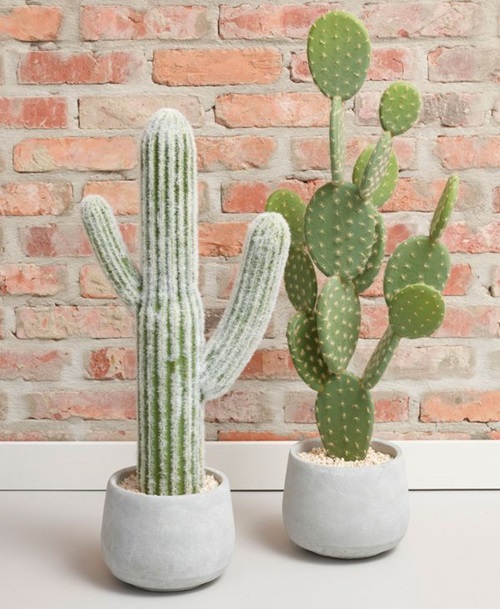
For cacti, being a dicot means strong roots, sturdy stems, and great adaptability to arid climates. This knowledge is not just plant geekery but it’s practical. Because this also helps gardeners, knowing about cacti’s taproots can guide them to choose deeper pots and well-draining soil for healthier growth.
Cacti vs. Monocots Like Agaves
Cacti and agaves are both desert champions, but they’re quite different. Agaves, being monocots, have fibrous roots and parallel-veined leaves, with flowers blooming in threes. Cacti, as dicots, have branching veins, taproots, and flowers grouped in fours or fives. With all the differences, both plants excel at conserving water and surviving in extreme conditions.
Another interesting difference is their growth habits. Like cacti take their time, focusing on water storage in their stems, while agaves grow faster and store water primarily in their leaves.
So, you have the answer now! Besides, tell us if you have ever noticed these dicot features in your cacti. Share your thoughts and experiences in the comments below!

